Why Does Timing in Dog Breeding Matter?
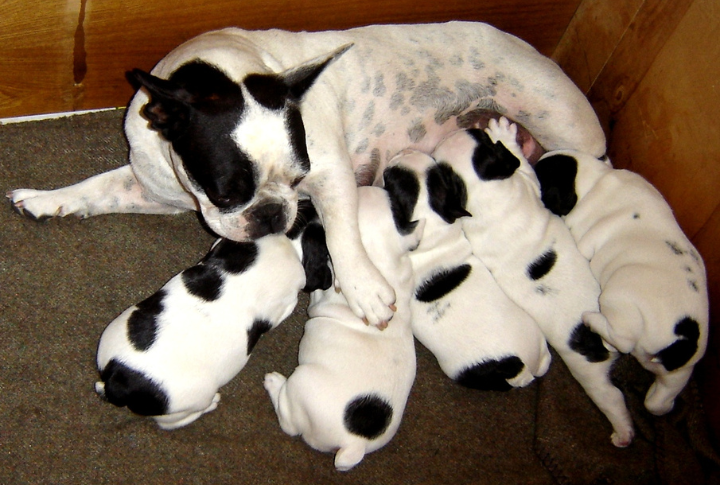
Dog breeding is a complex procedure that requires careful planning. It is the precise timing of insemination when your dog is “in heat” to boost fertility and the likelihood of conception in dogs. This guide will take you through the pivotal aspects of timing in dog breeding to help you make informed decisions for your dogs.
Understanding the Dog Reproductive Cycle

Female dogs generally come into heat twice a year, a cycle that lasts about 21 days and has four distinct stages: proestrus, estrus, diestrus, and anestrus. Understanding these stages is vital for breeders, as it allows them to pinpoint the optimal mating time.
Recognizing Signs of Fertility

Carefully observe your female dog for physical and behavioral changes to guarantee successful breeding. She may experience a swollen vulva, bloody discharge, or exhibit increased interest in male dogs. These signs typically appear 7-10 days before ovulation.
Timing is Everything

The best time for breeding usually falls between days 10-14 of the heat cycle, a period known as estrus, where the female is most receptive to mating. Since every dog is unique, work closely with your veterinarian to determine the precise timing that’s best suited for your dog.
The Role of Hormones
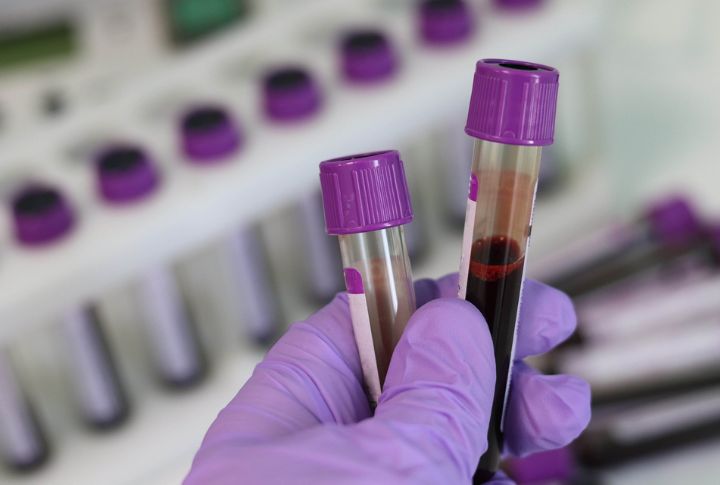
Hormones play a significant role in dog breeding. Specifically, progesterone levels surge just before ovulation, making them a reliable indicator of fertility. Therefore, your veterinarian can conduct blood tests to measure these progesterone levels and provide a more precise way to determine the optimal breeding time.
Ovulation Detection Methods

In addition to progesterone testing, there are alternative methods for detecting ovulation. Vaginal cytology involves examining cell changes in the reproductive tract. Moreover, some breeders utilize at-home ovulation predictor kits similar to those used by humans.
Male Fertility Considerations

It’s essential to consider the male dog’s fertility as well. Sperm can survive for a few days within the female reproductive tract; therefore, breeding slightly early is often preferable to waiting too long. To ensure breeding turns out well, verify that the male dog is healthy and produces high-quality sperm.
The Importance of Pre-Breeding Health Checks

Before breeding, both dogs should have thorough health exams. It’s the responsibility of the veterinary doctor to carry out genetic testing, vaccinations, and an overall health assessment of your dogs. Once you know both parents are healthy, you can expect they will produce healthy puppies.
Age and Breeding Timing
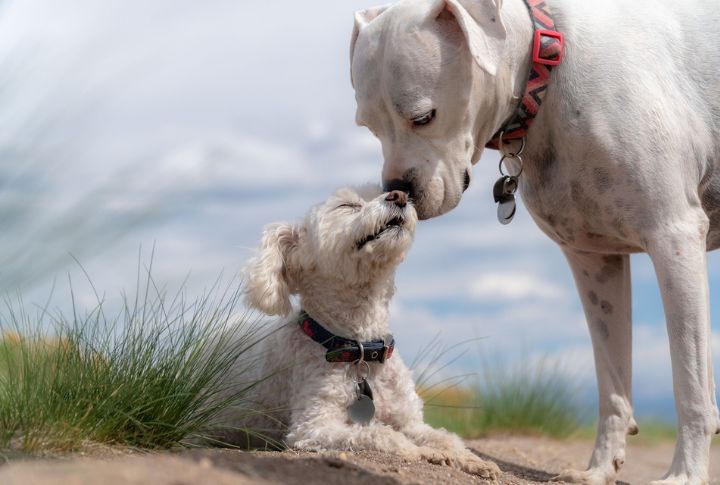
A dog’s age affects breeding success. Most vets advise waiting until a female dog is at least 18 months old before her initial breeding. Similarly, it’s recommended to wait until male dogs are fully mature, typically around 1 ½ – 2 years. Breeding at the appropriate age increases the likelihood of producing a healthy litter.
Environmental Factors

The environment can impact breeding success. Stress, poor nutrition, or extreme temperatures can affect a dog’s fertility. So, create a calm, comfortable setting for breeding and ensure that both dogs are well-nourished and in excellent physical condition.
Multiple Breeding Sessions

Sometimes, one breeding session isn’t enough. Many breeders choose to schedule multiple breeding sessions spaced 24-48 hours apart. This approach significantly improves the likelihood of successful fertilization. It’s especially helpful if you’re not 100% sure about the exact ovulation date.
Post-Breeding Care

After breeding, keep a close eye on the female dog. Avoid strenuous exercise and maintain a healthy diet. Some breeders believe keeping the female calm after mating improves the chances of pregnancy. Watch for signs of pregnancy or potential complications in the weeks following breeding.
Pregnancy Confirmation and Beyond
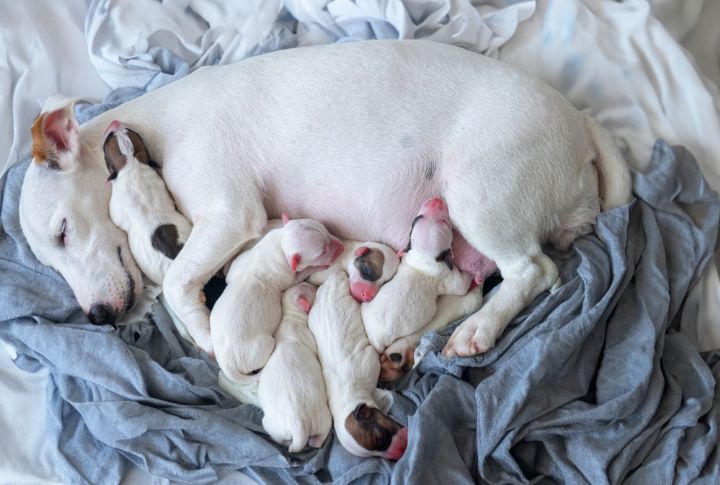
Confirming pregnancy early is important. Vets can detect pregnancy through ultrasound as early as 21-28 days after breeding. This early confirmation helps you prepare for the upcoming litter. Once confirmed, focus on proper nutrition and prenatal care to support the development of puppies.
Learning from Each Experience

Keep detailed records of each breeding attempt. Document the timing, methods employed, and outcomes. The information is invaluable for future breeding endeavors. By analyzing these records, you can refine your approach and enhance success rates over time.
Adapting to Natural Rhythms

Some breeds have seasonal breeding patterns, often peaking in spring and fall. Understanding your breed’s natural tendencies can help you plan better. Work with these natural rhythms for potentially better results. However, don’t let this limit you—successful breeding can happen year-round with proper care and timing.
When to Call in the Experts
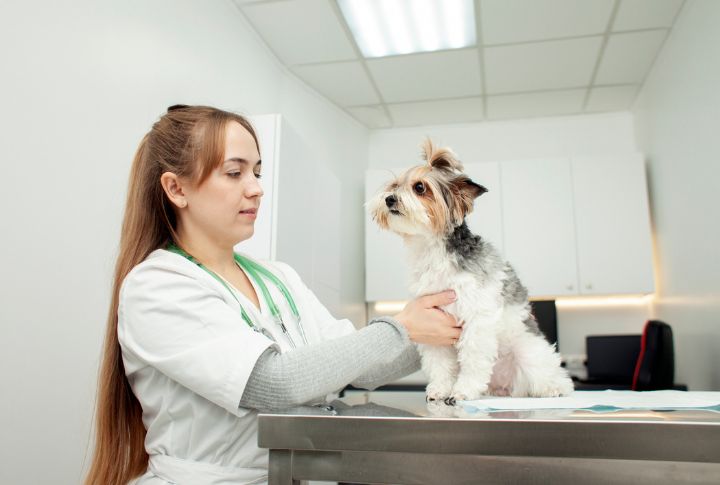
If you’re struggling with breeding timing, ask for help. Reproductive specialists offer advanced techniques like artificial insemination and provide valuable advice on improving fertility. They can also help with complex cases or if you’re dealing with rare breeds or genetic concerns.





